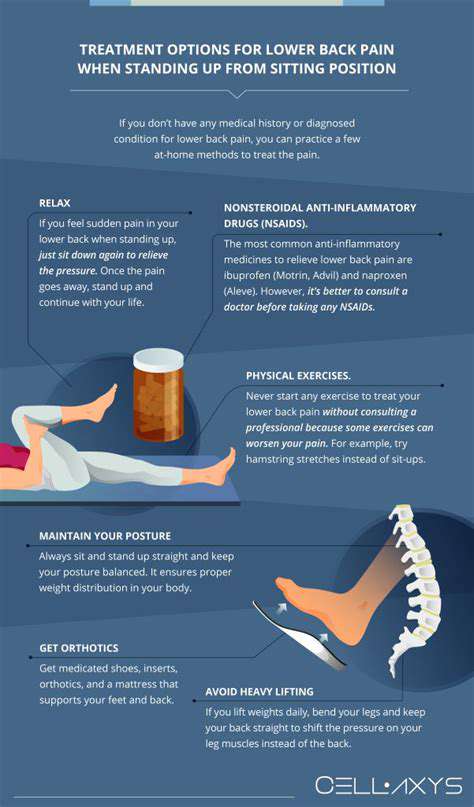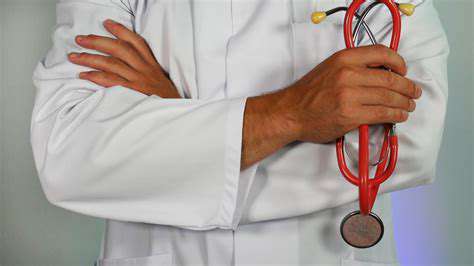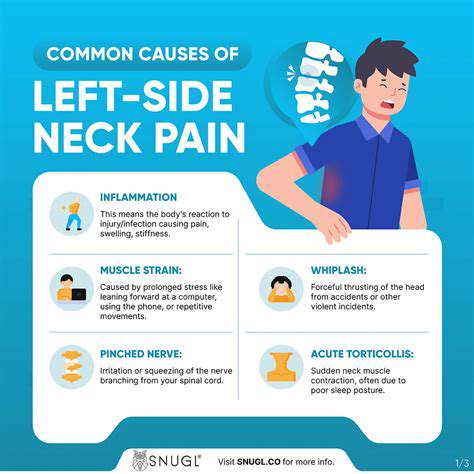Half Head Hurts: Understanding Symptoms and Treatments
Catalog
Half head pain varies between sharp and dull sensations.
Location and other symptoms help diagnose half head pain.
Intensified pain may correlate with triggers like stress.
Common causes include migraines, tension headaches, and sinus issues.
Seek medical attention for severe or sudden headaches.
Over-the-counter medications often alleviate mild half head pain.
Lifestyle changes can effectively manage headache frequency and severity.
A headache diary aids in tracking symptoms and triggers.
Recognizing headache anatomy helps in defining pain causes.
Dietary choices and environmental factors can trigger headaches.
Alternative therapies like acupuncture may provide relief.
Engaging in stress management can help reduce headache occurrence.
Quality sleep is crucial for preventing half head pain.
Staying hydrated can alleviate tension and migraine headaches.
Personalized treatment plans are vital for effective headache management.
Common Symptoms of Half Head Hurts
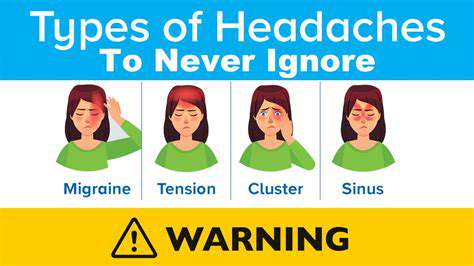
Understanding the Pain: What It Feels Like
The sensation of half head pain can vary significantly from person to person, making it a unique experience. Some individuals describe it as a sharp, stabbing pain, while others may feel a dull, throbbing discomfort. This variation complicates the diagnosis and makes personal descriptions crucial.
Location also plays an important role in understanding this type of headache. For some, the pain may be localized around the temples, while for others, it may extend to the back of the head or the forehead. Recognizing the precise area of discomfort can assist healthcare providers in determining the underlying cause.
The intensity of the pain can fluctuate throughout the day; it may start mild and escalate to severe, affecting daily activities. Many patients report that stress or specific triggers can intensify their symptoms. Therefore, documenting these changes can be beneficial in managing treatment options.
Additionally, this particular pain is often associated with other symptoms such as nausea, light sensitivity, or even visual disturbances. These accompanying symptoms can provide critical information that helps in the diagnosis and treatment planning.
As such, it's essential for anyone experiencing recurring half head pain to note not only the pain intensity but also the character, location, and associated symptoms. Timely and detailed reporting can lead to more effective management of the condition.
Potential Causes Behind Half Head Hurts
Half head pain can stem from various causes, ranging from tension-type headaches to more serious conditions like migraines. Understanding these causal factors is vital for effective treatment and pain management. Among the most common triggers are stress and fatigue, which can influence muscle tension and headache onset.
Another common cause is migraine, which often features unilateral pain and can be exacerbated by external stimuli. Migraines might also present with auras, a type of visual or sensory disturbance that provides insight into the types of headaches experienced. The identification of such triggers is crucial for managing migraines effectively.
Sinus issues and infections may be another contributing factor, particularly if the pain is accompanied by facial pressure or congestion. Often overlooked, dental problems can also manifest as pain that radiates to one side of the head, further complicating the diagnostic process.
Rarely, more severe conditions like cluster headaches or even neurological disorders can cause localized head pain. Recognizing these possibilities can aid in alleviating concern and ensuring prompt medical evaluation is undertaken.
Ultimately, understanding the root causes of half head pain will empower individuals to seek appropriate treatment, reducing the duration and frequency of these episodes. Communicating with healthcare professionals about your specific symptoms is always the first step toward effective management.
When to Seek Medical Attention
Determining when to seek medical help for half head pain is crucial for ensuring long-term health and wellness. If the pain is sudden and severe, it is imperative to seek immediate medical attention. This could be indicative of a more serious condition requiring urgent care.
Furthermore, if the headache occurs suddenly after a head injury, it's advisable to contact a healthcare provider as soon as possible to rule out concussion or hemorrhage. Persistent headaches that disrupt daily life or increase in intensity should also prompt a visit to a healthcare professional.
Individuals experiencing nausea, vomiting, or changes in vision alongside head pain should not delay seeking medical help. These symptoms may indicate underlying issues that require prompt evaluation and intervention to prevent complications.
Additionally, if headaches begin to occur more frequently or with increased severity over time, it is essential to consult a physician for analysis and possible diagnosis. This pattern could imply that the headaches are evolving and may require a reevaluation of treatment modalities.
In the end, understanding when to seek medical help can lead to earlier diagnoses and preventive measures, ultimately improving the quality of life. Maintaining open communication about symptoms and their impact on daily activities will ensure comprehensive medical care.
Common Treatments for Half Head Pain
Treatment for half head pain often starts with over-the-counter pain relief medications, such as ibuprofen or acetaminophen. These medications can alleviate the discomfort associated with mild to moderate pain. However, individuals with more severe or frequent headaches may require a more comprehensive treatment plan.
Prescription medications, particularly triptans, are typically effective for treating migraines and might be recommended by healthcare providers. These medications are targeted to relieve migraine symptoms and can make a drastic difference in outcomes for those who suffer from recurrent episodes.
In addition to medication, lifestyle changes play a significant role in managing headache symptoms. Incorporating stress reduction techniques, maintaining hydration, and ensuring adequate sleep can greatly diminish headache frequency and severity.
Some individuals may benefit from physical therapy or chiropractic care as an adjunct to their treatment plan, particularly if tension or headache-related muscle problems are involved. This holistic approach often results in more effective management.
Finally, alternative treatments such as acupuncture or biofeedback may be considered for individuals looking for non-pharmaceutical methods. By exploring all avenues of treatment, individuals can find what works best for their unique situation and ultimately gain control over their half head pain.
The Importance of Keeping a Headache Diary
Keeping a headache diary can be an incredibly valuable tool for anyone suffering from half head pain. This diary enables patients to track when the headaches occur, their duration, and any potential triggers. This information is not only useful for personal awareness but also invaluable when discussing symptoms with healthcare providers.
Recording details about the pain's intensity and any accompanying symptoms can lead to more tailored and effective treatment plans. It helps identify patterns, potentially revealing correlations between lifestyle factors and headache occurrences.
Additionally, a headache diary can serve as a helpful reminder of the efficacy of various treatments tried over time. By noting the response to medications or therapies, individuals can determine what strategies work best for them.
Moreover, recognizing the impact of external factors—such as diet, exercise, sleep patterns, and stress levels—can empower patients to make informed lifestyle changes. This self-awareness is crucial in taking proactive steps towards managing half head pain more effectively.
Ultimately, a headache diary transforms the approach to managing head pain from reactive to proactive, fostering a greater understanding of personal health. When integrated into a comprehensive treatment plan, it empowers individuals to take charge of their well-being.
Common Causes of Half Head Hurts
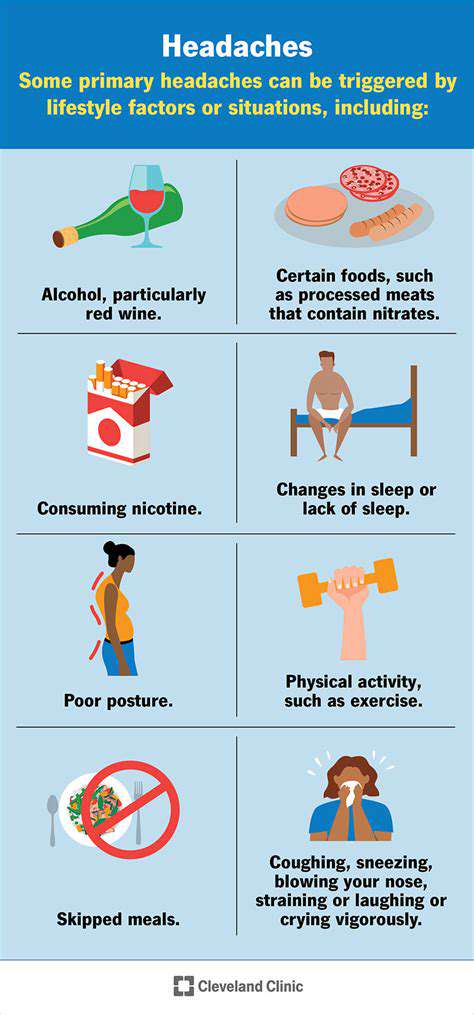
Understanding the Anatomy of Head Pain
Head pain can originate from various anatomical structures within the head, such as the brain, blood vessels, and surrounding tissues. The distinct sensations experienced during a headache depend largely on the affected structures. This makes it vital to understand where the pain is coming from to address it effectively. Tension headaches often arise due to muscle strain, while migraines may be linked to neurological pathways and blood flow.
The intricate network of nerves in the head can also contribute to the sensation of pain. Nerve irritation or inflammation can lead to conditions such as trigeminal neuralgia, which is known for causing debilitating pain on one side of the face. This highlights the importance of recognizing that not all head pain is created equal; the location and type of pain can provide essential clues to its source.
Understanding the different regions of the head can also aid in identifying the symptoms. For instance, pain confined to one side may suggest a migraine, while bilateral pain often indicates tension headaches. Therefore, gaining insight into head anatomy and pain type is crucial for effective treatment.
Common Triggers for Half Head Pain
Half head pain can be triggered by a multitude of factors, each presenting its own challenges in terms of management. Stress and anxiety are among the leading culprits that cause tension headaches or migraines, leading to discomfort predominantly on one side of the head. Identifying personal stressors can be imperative in preventing future episodes. This includes both emotional and physical stressors that can cause muscle tightness and exacerbate pain.
Another significant trigger is dietary choices, including food intolerances and caffeine consumption. Certain foods have been identified to provoke migraines, such as aged cheeses and processed meats, making it essential for sufferers to keep a detailed food diary. Moreover, excessive caffeine withdrawal or consumption can lead to headaches that typically manifest on one side of the skull.
Environmental factors also cannot be overlooked. Changes in weather, exposure to bright lights, or strong smells can serve as significant triggers for individuals already susceptible to head pain. This diversity of triggers highlights the necessity of a multifaceted approach to managing half head pain effectively.
Effective Treatment and Management Strategies
Managing half head pain requires a comprehensive understanding of the underlying causes, which can aid in selecting appropriate therapies. Over-the-counter medications like ibuprofen and acetaminophen can provide quick relief for minor headaches. However, for chronic conditions like migraines, prescription medications may be necessary for long-term management. Consultation with a healthcare professional is crucial to tailor a treatment plan that addresses individual needs.
Besides medication, lifestyle changes can significantly influence headache frequency and severity. Regular exercise, adequate hydration, and a balanced diet all play vital roles in overall well-being and can lessen the incidence of headaches. Furthermore, techniques such as mindfulness and relaxation exercises can alleviate stress, which is a common headache trigger.
Lastly, alternative therapies like acupuncture, chiropractic care, and biofeedback are gaining popularity as supplemental treatments for head pain. These methods have shown promise in reducing the frequency of headaches and improving general quality of life. Therefore, incorporating a variety of approaches can help in effectively managing half head pain.
Effective Treatments for Half Head Hurts

Understanding the Causes of Half Head Hurts
Half head hurts, often referred to as unilateral headaches, can stem from a variety of causes, making diagnosis essential. Identifying the specific triggers can help in formulating effective treatment strategies. Common causes include migraines, tension-type headaches, and sinus issues, among others. Each type of headache has its own unique set of symptoms and requires a tailored approach to treatment.
Migraines are characterized by intense, pulsing pain often accompanied by nausea and sensitivity to light and sound. It’s crucial to note that migraines can have specific triggers like certain foods, stress, or hormonal changes. Understanding these triggers can aid individuals in managing their symptoms more effectively. Furthermore, the genetic component cannot be overlooked as many individuals may have a family history of migraines.
Tension-type headaches are another common cause of half head hurts, typically presenting as a dull, aching sensation on one side of the head. These headaches can be related to lifestyle factors, including stress, poor posture, and inadequate sleep. Recognizing these patterns is essential for prevention and can significantly improve quality of life for many sufferers.
Overall, understanding the causes behind half head hurts is a pivotal first step in effectively managing the pain and seeking suitable treatment options. Comprehensive knowledge empowers individuals to take proactive measures and consult healthcare professionals without delay.
Effective Treatment Options for Half Head Hurts
When dealing with half head hurts, a variety of treatment options are available, ranging from over-the-counter medications to alternative therapies. Commonly used pain relievers can effectively alleviate pain symptoms effectively. Nonsteroidal anti-inflammatory drugs (NSAIDs) such as ibuprofen and acetaminophen are typically recommended for pain management. However, understanding one's unique condition can guide the choice of medication.
Preventive medications may also be prescribed for individuals who suffer from frequent migraines or cluster headaches. These can include beta-blockers, antidepressants, or anti-seizure medications. Consulting a healthcare provider about the potential benefits and side effects of these medications is vital to ensuring safety and efficacy in treatment.
In addition to medications, lifestyle changes can significantly impact the occurrence of half head hurts. Maintaining good hydration levels, adopting regular sleep patterns, and managing stress through relaxation techniques like yoga or meditation can help reduce headache frequency. Recognizing triggers such as certain foods or environmental factors is also critical for long-term management.
Alternative therapies, including acupuncture, chiropractic care, and biofeedback, may provide relief as well. These holistic approaches focus on treating the underlying causes of headaches, rather than just alleviating symptoms. Many individuals find success through a combination of traditional and alternative treatment methods tailored to their specific needs.
Ultimately, the most effective treatment for half head hurts will vary from person to person, requiring a personalized approach. Collaborating closely with a physician or a headache specialist can help in developing a comprehensive plan to manage this type of pain.
The Importance of Lifestyle Adjustments and Preventative Measures
In many cases, adjusting lifestyle habits can lead to significant improvements in headache management. Stress is a major contributor to half head hurts, so learning to manage it through techniques like mindfulness, deep breathing exercises, and regular exercise can be invaluable. Implementing an exercise routine not only enhances physical health but also boosts mental well-being, which can help mitigate headache triggers.
Nutrition plays a vital role in headache prevention as well. Keeping a food diary to track potential triggers can help individuals identify items that may lead to discomfort. Consuming balanced meals throughout the day and avoiding excessive caffeine or alcohol can be beneficial in alleviating headache symptoms for many.
Maintaining adequate sleep is another critical factor to consider. Developing a consistent sleep schedule and creating an environment conducive to rest can significantly reduce the frequency of half head hurts. Quality sleep is paramount; lack of it can result in increased irritation of headache pathways. Therefore, prioritizing restful sleep should be recognized as an essential component of an effective headache management strategy.
Staying well-hydrated is equally important in preventing headaches. Dehydration can lead to tension and migraine headaches, so increasing water intake throughout the day can be an easy and effective preventive measure. It’s often surprising how much a simple adjustment in water consumption can alleviate headache pain.
In summary, lifestyle adjustments and preventative measures are invaluable tools in effectively managing half head hurts. Engaging in proactive self-care and establishing a solid routine can empower individuals to take control of their headache management, resulting in a better quality of life.
